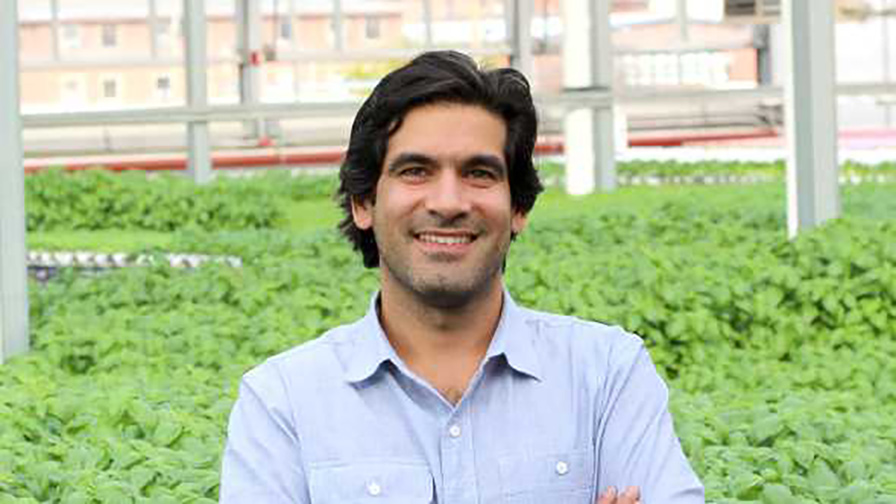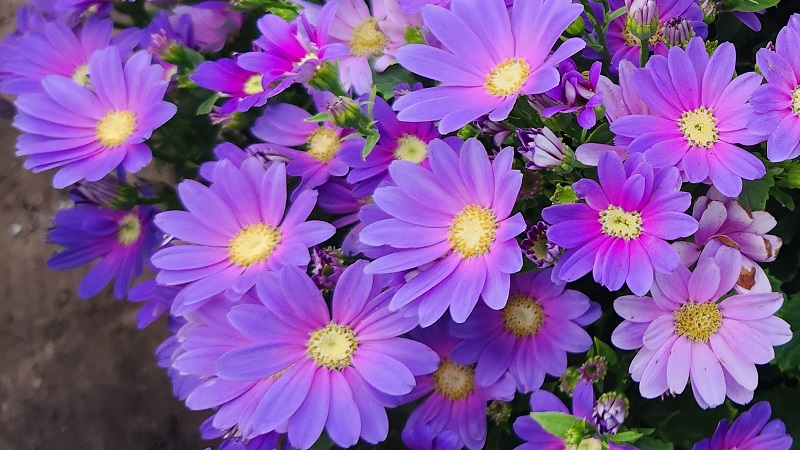Gotham Greens CEO Discusses New Developments and Trends in Leafy Greens Market

Viraj Puri, Co-Founder and CEO of Gotham Greens
Greenhouse leafy greens love light, and their growers will be excited to know the market has a bright future ahead.
That’s according to Viraj Puri, Co-Founder and CEO of Gotham Greens, whom we spoke with to get his perspective on the leafy green market and where it is heading. Here is how that conversation went.
GG: How is the leafy green market as you see it now? Are you seeing any new trends emerging this year?
Viraj Puri: The total addressable market for salad and leafy greens in the U.S. and Canada is approximately $15 billion and growing. While indoor farming currently represents a small portion of the salad and leafy greens market, Gotham Greens is growing more than 70% year over year, and the indoor farming sector is growing more than 50% year over year, far outpacing the overall packaged salads category, as well as the organic segment.
We see a bright and promising future ahead for indoor farming and the greenhouse-grown produce category, including leafy greens. There is an incredible value proposition of growing highly perishable fresh food in close proximity to large population centers while using fewer natural resources. Retailers and foodservice operators are increasingly recognizing the reliability, consistency, and premium quality of produce supply that is possible with crops grown under protected cover.
GG: Do you see any shifts in what consumers want from their leafy greens?
Puri: Yes. Consumers are demanding greater transparency in how and where their food is produced, particularly given the rise in foodborne illness outbreaks linked to open-field farming. Hydroponic greenhouses allow us to grow a reliable and safe supply of fresh produce all year round. Greenhouse-grown lettuce can also often be more locally produced than conventional and organic lettuce. Local items continue to see high consumer demand.
GG: What trends are you seeing that greenhouse growers can capitalize on? Are there any niches that growers can fill in?
Puri: We are seeing increased investment in research and development toward new seed varieties, production and packaging technology, and automation systems for greenhouses. This investment is vital to improve diversity and productivity in crop yields while reducing costs in greenhouse operations. We’re hopeful that enhanced research and development in genetics and new seed varieties, automation, data-driven intelligent farming (such as AI and machine learning), energy optimization, and other technologies will continue to propel the industry forward in the coming years.
In an exciting development, we recently announced our latest state-of-the-art greenhouse in California near the University of California-Davis (UC Davis), one of the world’s leading agriculture research and teaching centers. This is a great example of a public-private partnership focused on growing the indoor agriculture sector.
The location of this new greenhouse uniquely enables opportunities for Gotham Greens to play a greater role in the produce industry and collaborate on research and innovation with the University of California system focused on advancing the science, workforce, technology, and profitability of indoor agriculture globally.
GG: How is breeding progressing in terms of varieties specifically bred for greenhouse growing and varieties that specifically address production challenges?
Puri: Seed companies are certainly paying more attention to and starting to focus breeding efforts on controlled environment agriculture needs as indoor agriculture becomes a larger purchaser of seeds.
Historically, all breeding efforts have been geared toward field agriculture since lettuce is primarily grown outdoors. Indoor producers (greenhouse and vertical farms) use field lettuce seed varieties. Breeders have been asking producers to try popular field varieties as well as older varieties that may have been ruled out by field growers, but that could have appealing traits for indoor growers.










